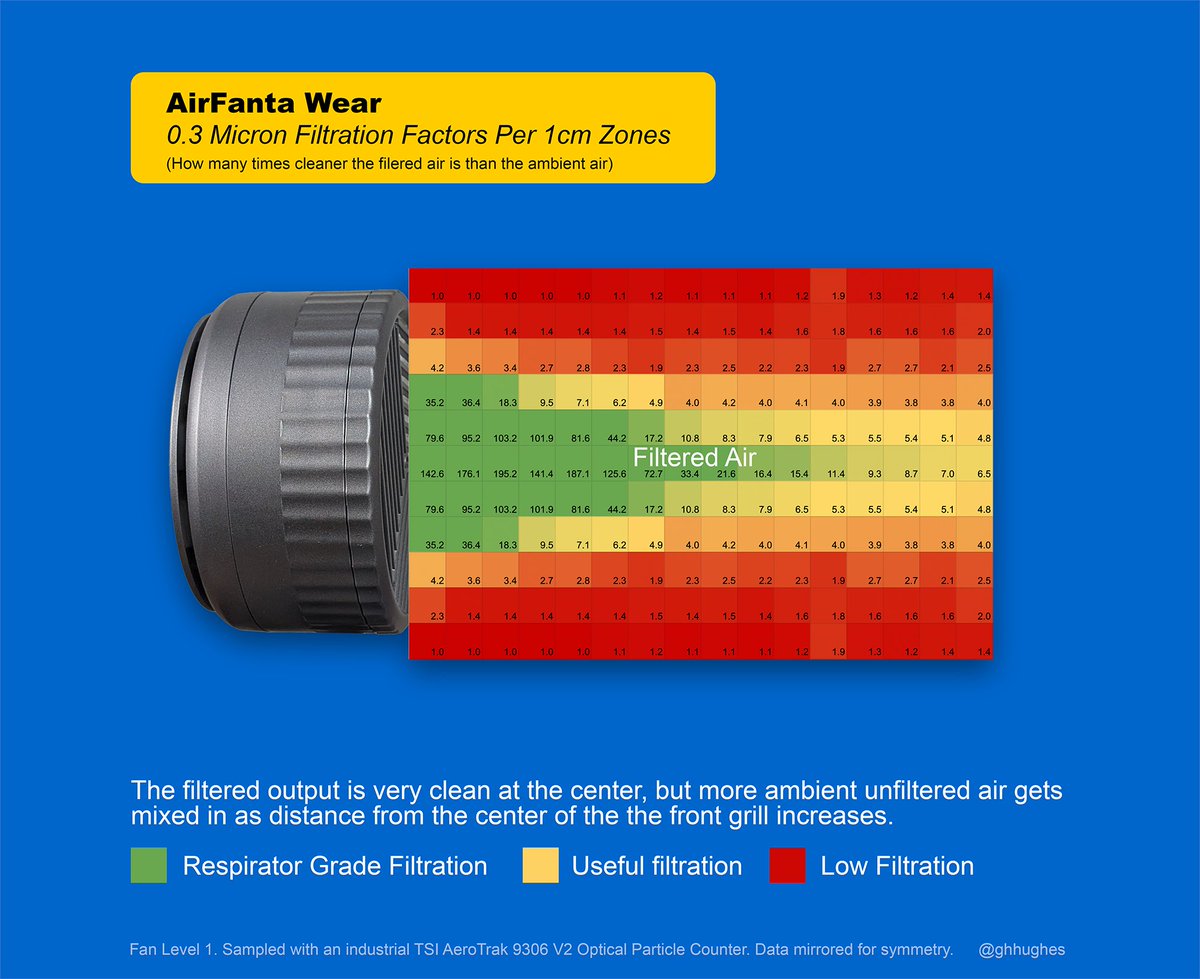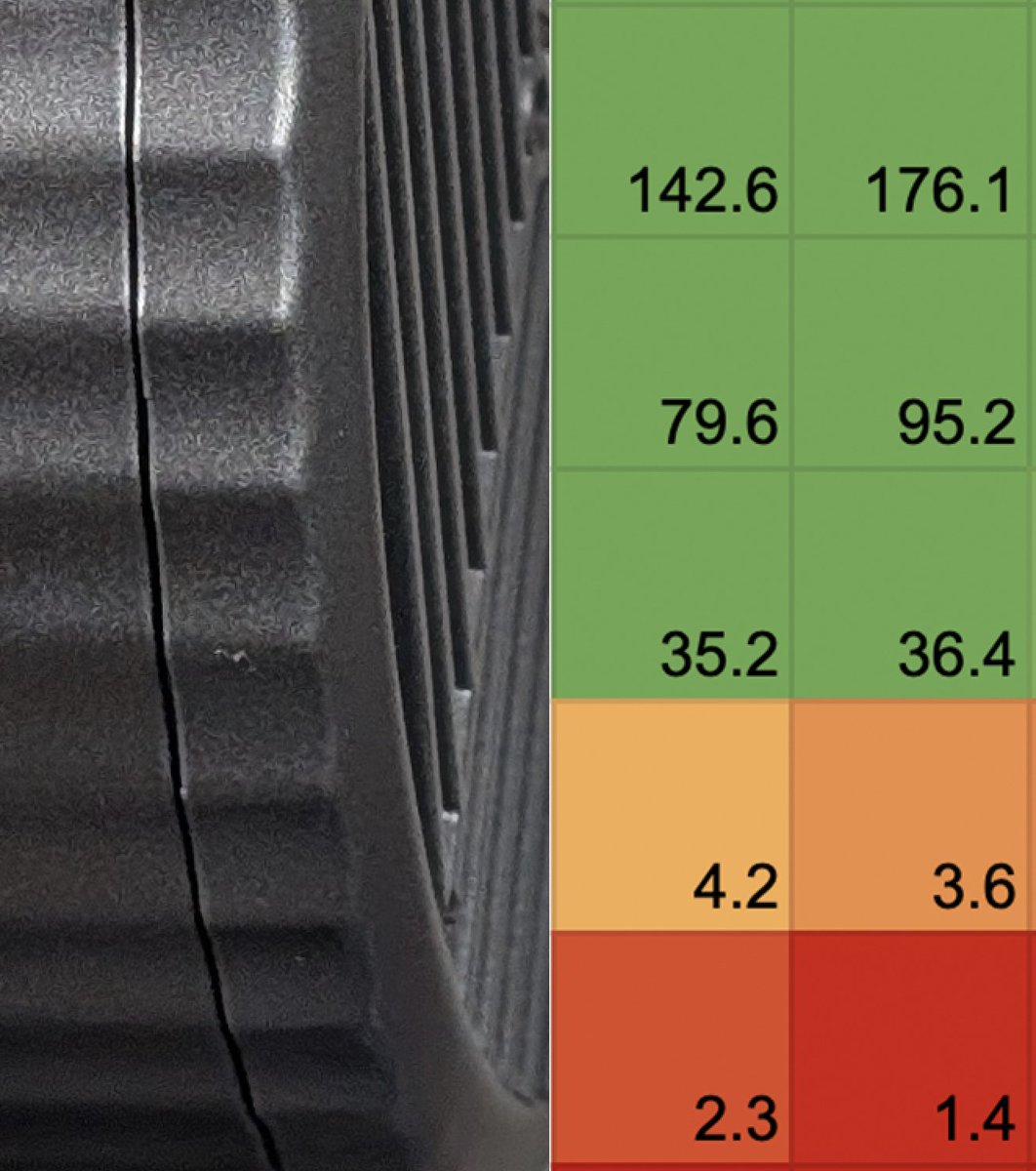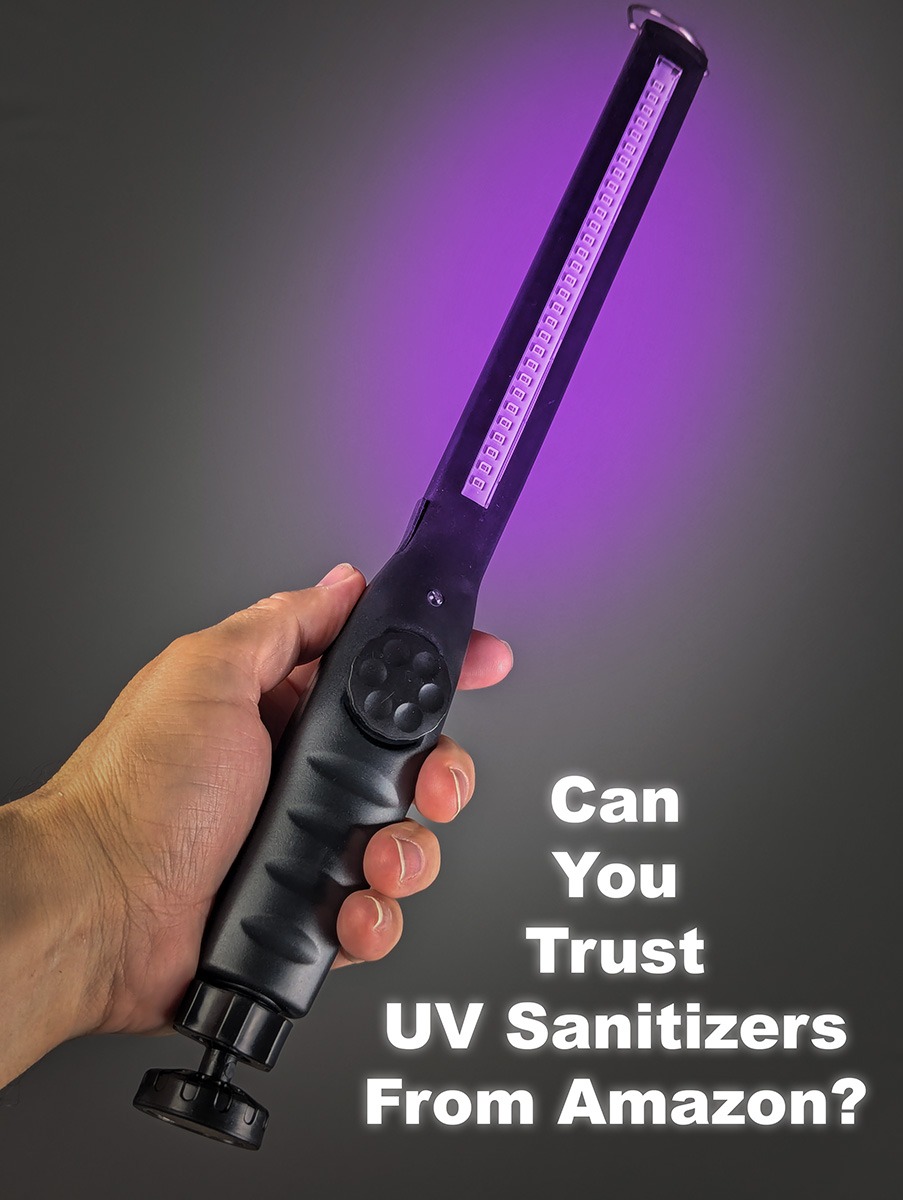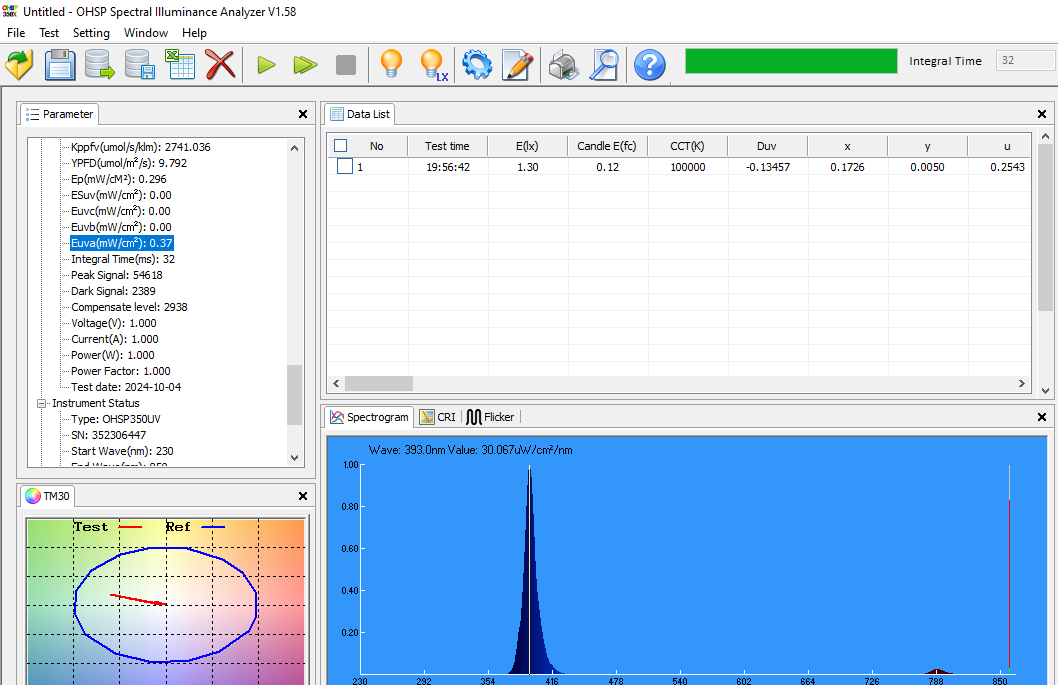
Science and critical thinking fan. Not actually a cat. He/him.
https://t.co/FxeHdPECX1
Mastadon: https://t.co/9uo4UELC8m
@ghhughes.bsky.social
3 subscribers
How to get URL link on X (Twitter) App



 I used a programmable camera slider to move the AeroTrak optical particle counter in repeatable 1cm increments, 15 for each of the 6 horizontal offsets. Samples were 30 seconds each. Fan off ambient samples were taken at the beginning and end of each distance test run.
I used a programmable camera slider to move the AeroTrak optical particle counter in repeatable 1cm increments, 15 for each of the 6 horizontal offsets. Samples were 30 seconds each. Fan off ambient samples were taken at the beginning and end of each distance test run.
 I should point out that there are legit UV sanitizers on Amazon.
I should point out that there are legit UV sanitizers on Amazon. 

 First things first: If you need to be sure your 3M masks are legit buy from a 3M Authorized Distributor, such as RS Hughes (no relation). There have been some counterfeits on US Amazon in the past, and some still show up on Amazon in the EU.
First things first: If you need to be sure your 3M masks are legit buy from a 3M Authorized Distributor, such as RS Hughes (no relation). There have been some counterfeits on US Amazon in the past, and some still show up on Amazon in the EU.
 Test results in the video:
Test results in the video:
 After Sterilray started suing over their patent, 4 UV companies collaborated and financed a challenge to the 8,975,605 B2 patent.
After Sterilray started suing over their patent, 4 UV companies collaborated and financed a challenge to the 8,975,605 B2 patent.

 Getting people in to masks that fit them well is one of the best ways for them to be better protected from airborne hazards. In the US, only employees required to wear respirators at work get fit tested, at their employers expense.
Getting people in to masks that fit them well is one of the best ways for them to be better protected from airborne hazards. In the US, only employees required to wear respirators at work get fit tested, at their employers expense. 
 You can check the YouTube video for quick summary:
You can check the YouTube video for quick summary:
 NIOSH was working outside the box, including using BARDA competitions to develop innovative respirators and ways to test how well masks seal and protect you.
NIOSH was working outside the box, including using BARDA competitions to develop innovative respirators and ways to test how well masks seal and protect you. 



 If you are thinking, that's just salt, not viruses, not to worry. Scientists have tested N95s using real viruses using an international standard test called Viral Filtration Efficency (VFE). N95s filter viruses extremely well.
If you are thinking, that's just salt, not viruses, not to worry. Scientists have tested N95s using real viruses using an international standard test called Viral Filtration Efficency (VFE). N95s filter viruses extremely well. 
 I've also done a 4 exercise OSHA fit test in this hacked Plague PAPR mask and passed - well, I got a great fit factor but the hacked mask isn't OSHA compliant, nor is fit testing a PAPR with the blower on, so some might say it didn't pass. 🤔
I've also done a 4 exercise OSHA fit test in this hacked Plague PAPR mask and passed - well, I got a great fit factor but the hacked mask isn't OSHA compliant, nor is fit testing a PAPR with the blower on, so some might say it didn't pass. 🤔

 Currently OSHA fit test regulations require smooth skin at the respirator seal, as shown in this graphic.
Currently OSHA fit test regulations require smooth skin at the respirator seal, as shown in this graphic.

![Slide with images of source control respirators: Text: "Advanced elastomeric half mask respirator (EHMR) designs to meet the needs of HCP Source control: coordinated with NIOSH approval holders during COVID-19 pandemic to approve EHMR configurations without exhalation valves or filtered exhalation Re-usable healthcare elastomeric respirator: considered filter media, computational fluid dynamics modeling, and HCP design input to develop a healthcare-focused EHMR prototype [bench testing pending] NIOSH approval holders or applicants are responsible for applying to NIOSH and gaining a...](https://pbs.twimg.com/media/GXIEEb_bQAAgS_H.jpg) I was glad to see elastomeric source control respirators highlighted. Dr. Moore referenced industry creating source control elastomerics for the pandemic. But the 3M mask with the exhalation filter shown is a bit of a mixed bag.
I was glad to see elastomeric source control respirators highlighted. Dr. Moore referenced industry creating source control elastomerics for the pandemic. But the 3M mask with the exhalation filter shown is a bit of a mixed bag.


 I expect that results could vary dramatically under different conditions, including temperature, humidity, airflow rate, mask model and more. Even so, I was surprised that the valve didn't make a more substantial difference in average in-mask temperature.
I expect that results could vary dramatically under different conditions, including temperature, humidity, airflow rate, mask model and more. Even so, I was surprised that the valve didn't make a more substantial difference in average in-mask temperature.

 I used an optical particle counter to confirm my PortaCount measurements, and the results are similar.
I used an optical particle counter to confirm my PortaCount measurements, and the results are similar.

 The mask fit test results:
The mask fit test results:


 To test this double masking configuration, I first tested the 3M Aura 9205+ worn normally on my face by itself. I used a PortaCount in N99 mode.
To test this double masking configuration, I first tested the 3M Aura 9205+ worn normally on my face by itself. I used a PortaCount in N99 mode.



 I was given these by Amazon to review. They are from O2 Armor, who provide more filter data than most companies. But check their wording and compare it to their filtration efficiency graph..."up to" is doing a lot of heavy lifting.
I was given these by Amazon to review. They are from O2 Armor, who provide more filter data than most companies. But check their wording and compare it to their filtration efficiency graph..."up to" is doing a lot of heavy lifting. 


 There are some genuine NIOSH approved respirators on sale at Amazon, including some 3M, but you have to look carefully. The copies look identical and even have the same model numbers, but *usually* don't have the 3M or NIOSH logos.
There are some genuine NIOSH approved respirators on sale at Amazon, including some 3M, but you have to look carefully. The copies look identical and even have the same model numbers, but *usually* don't have the 3M or NIOSH logos. 